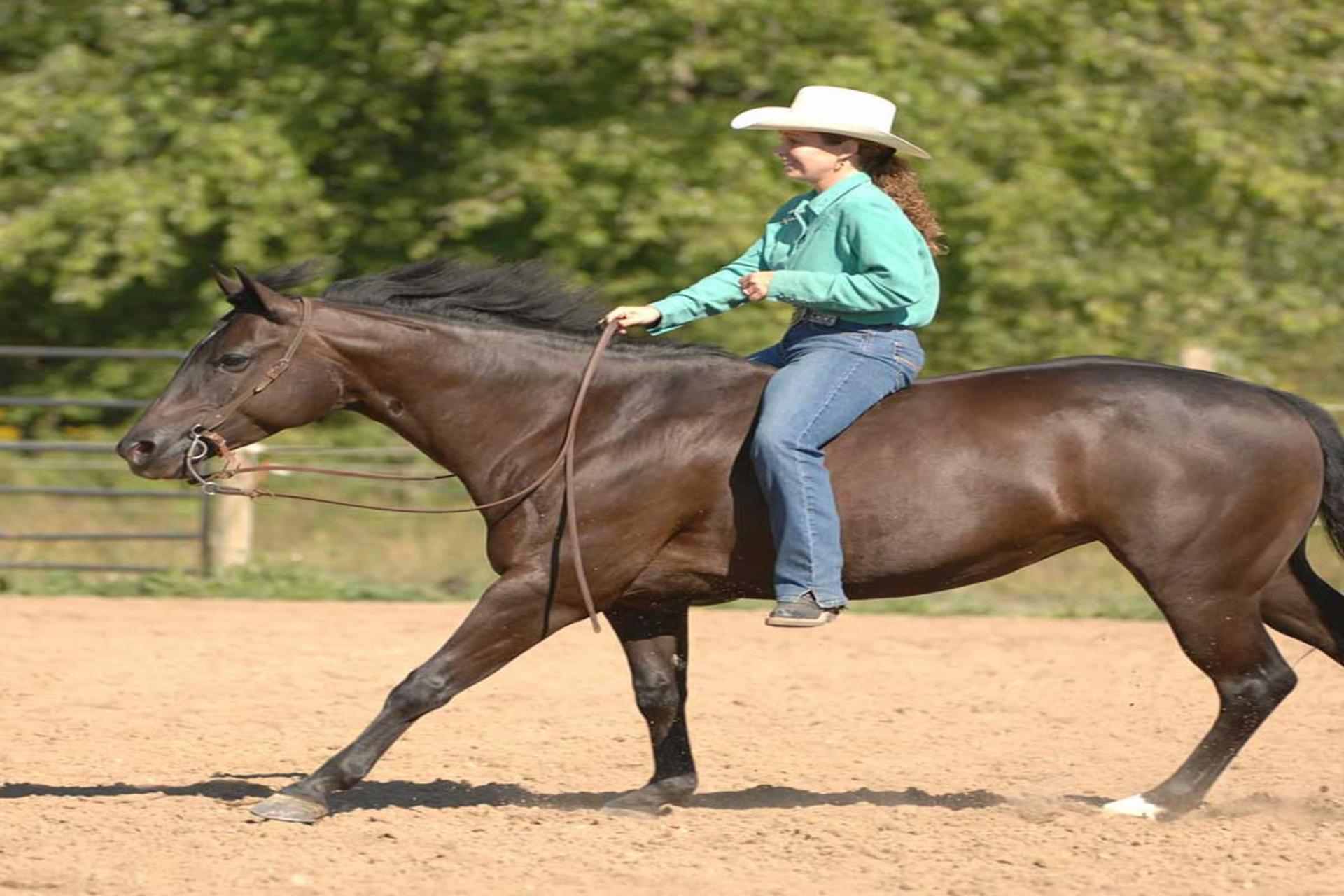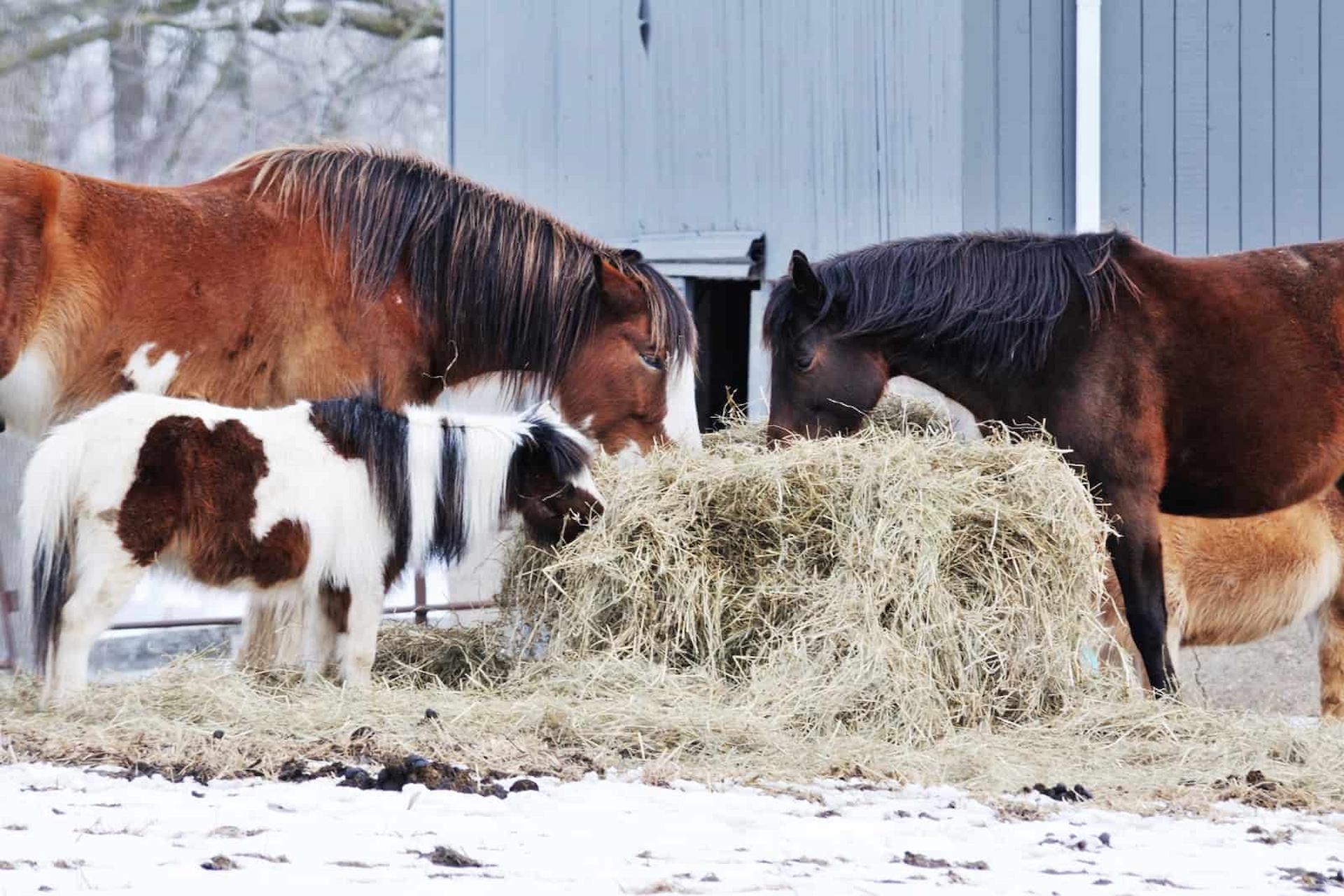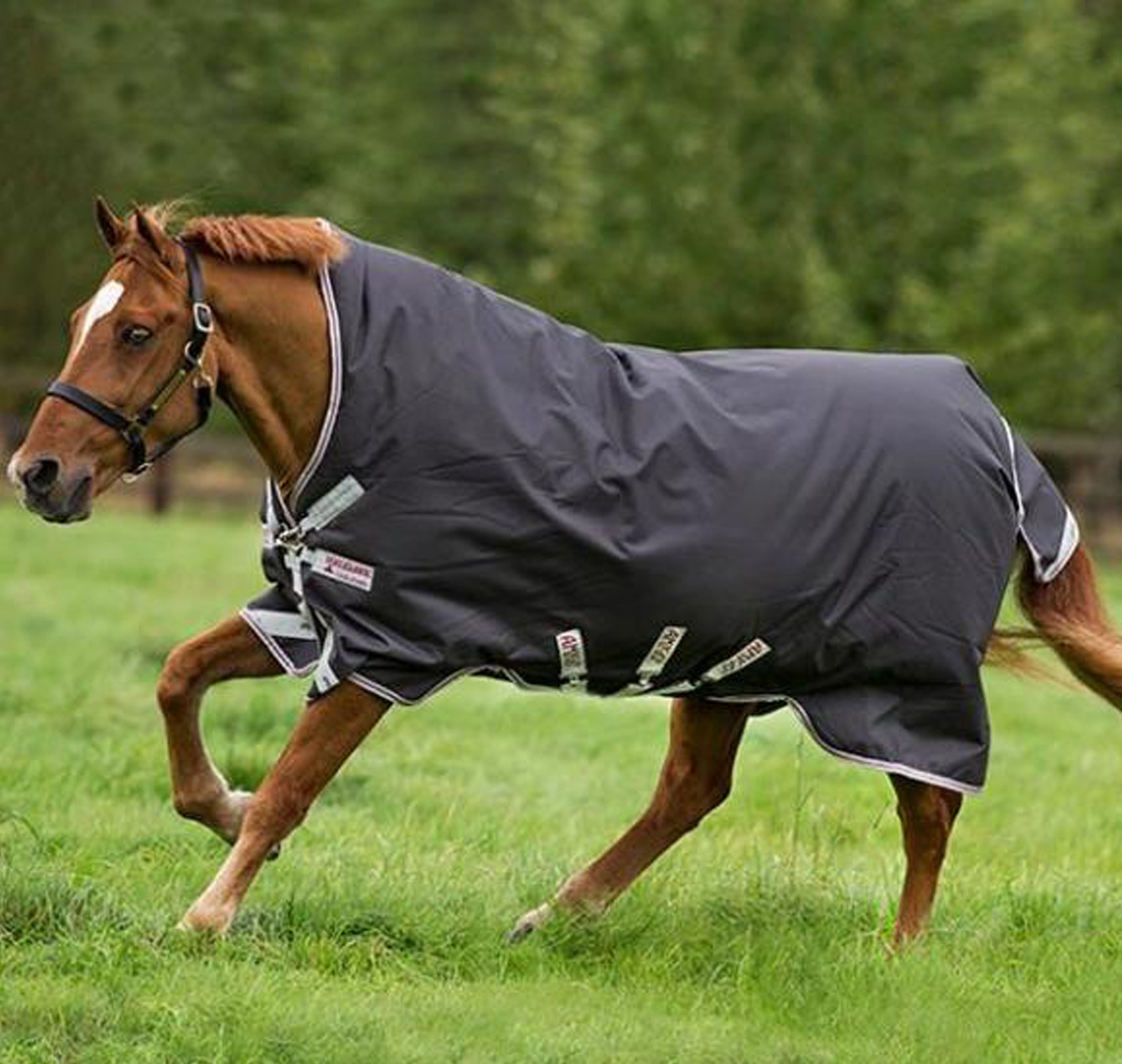Is your horse in good condition? Horse owners talk about their horses being in top condition but what does this actually mean and what horse food do we need to give them to keep them in good condition? From healthy hooves through to a shiny coat, there are a number of factors that contribute to a horse being healthy. We have put together a guide outlining what to feed your horse to keep them in good condition, so your horse can feel and perform to its best.
What Is Good Condition?
We hear the term ‘condition’, but what exactly is it? There are many contributing factors as to whether your horse is in good condition or not, and this would include their hooves and their coat. Condition is also used to refer to how much weight a horse is carrying ie in show condition. In actual fact, show condition would largely be considered to be overweight and unhealthy in most cases!
Whether the horse is shod or not, there are signs to show that your horse’s feet are in good condition. There should be no evidence of overgrowth, grass or sand cracks and no growth or laminitis rings that have changed the angle of the horse’s hoof wall. If the horse is shod then the shoes shouldn’t be loose and there should be no signs of risen clenches. A hoof in good condition will have a consistent texture across the periople (waterproof layer of the hoof), which is shiny and smooth. There should be an even flow to the coronary band, with no exaggerated dips, ripples or wrinkles. Underneath, both the frog and sole should be free from any decay and the white line should be a light yellow colour, with no objects such as dirt or stones imbedded in it.
When a horse is healthy and well, their coat will be shiny, which is due to the oils being derived from the skin. When a horse has a dull coat, this tends to be an indication that your horse isn’t 100% well. Therefore, if your horse has a shiny coat, this shows that your horse is healthy and thus in good condition.
When looking at the condition of a horse, you will also take their weight and body condition score into consideration. A horse in good condition is typically a 3 on the scale (where 0 is emaciated and 5 is obese), which indicates that your horse is a healthy weight. A horse that is a 3 on the scale, will only have a thin layer of fat under the skin, the muscles on the neck will be less defined than a 2, the shoulders and neck will blend smoothly into the body and the ribs won’t be visible, but should easily be felt. The hip bones will be just visible and their rump will be beginning to appear rounder. On the other hand, a 5 wouldn’t have any muscles visible with a pronounced crest that has hard fat on it. It will also have lumps of fat around the tail head, bulging ‘apple’-shaped rump and the ribs will be covered in fat so will be unable to be felt. For a 0 on the scale, there will be no fatty tissue, so the skin will be tight over the bones, they will have a ewe-neck, a prominent pelvis and backbone, a very sunken rump and a large gap between their thighs.
Although condition score 3 is likely to be good condition there may be times where it is desirable to have a horse slightly below that condition score. If they have a history of laminitis or are a fit competition horse then they are more likely to benefit from being a score 2.5.
How Can You Improve Condition
If your horse is too fat or too thin, then you need to act fast to improve their condition before it leads to health problems. For example, an overweight horse will have an increased risk of heart disease, lung problems and arthritis, as well as being directly linked to laminitis and hyperlipaemia.
There are a number of things you should do to check their health as this is linked to condition:
- Ensure their teeth are regularly checked – this means they should be able to chew their feed properly and obtain the essential nutrients they require from it.
- Ensure they aren’t suffering from an underlying disease such as gastric ulcers – signs of ulcers include discomfort when being girthed, reluctance to eat and poor condition
- If the horse is older check that they don’t have PPID (aka Cushings Syndrome) – this causes a hormonal disruption which affects they way in which the horse stores body fat.
In addition you should review your horse’s diet and the specific horse feeds you are using. Check the quality of the forage. If it’s dusty or mouldy it could be compromising your horse’s respiratory health. Fibre is key for the horse’s digestive system, so you may want to consider feeding a fibre-based diet. If you horse is overweight then you can dilute the calorie intake of the forage by adding 30% straw.
What Is Top line And How Is It Achieved?
The topline refers to the muscle groups that run along the spine of the horse. In order to achieve improved topline, your horse will need more than just good nutrition. Building muscle also requires you to focus on the fitness of your horse and build their strength by working them correctly. The main building block for improving their muscle is protein, which your horse will obtain naturally through forage, bucket feed and grass. However, it’s not just the amount of protein that your horse intakes; protein is made up of amino acids. Lysine, one of the essential amino acids that your horse needs, is important in the diet for muscle development. If there is insufficient lysine in their diet then both protein synthesis and muscle development will be limited. Although forage and grazing can help to meet the protein requirements of a horse, you need to ensure that you are feeding your horse the appropriate amount for their workload. You can use balancers to top up on vitamins, minerals and essential amino acids, such as lysine or you can feed alfalfa; a fibre source that is relatively rich in lysine compared to other forages
In addition, you will also want to ensure that your horse is provided with sufficient energy, to avoid the protein from being diverted from muscle development to fuel work instead.
If you would like to find out if your horse is in good condition and what to feed them to keep them healthy, then contact an equine nutritionist. They will be able to put together a feed plan for your individual horse to keep them good condition all year round.



